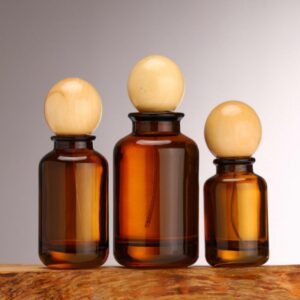
Noticias y blog
Las grandes cosas en los negocios nunca las hace una sola persona. Las hace un equipo de personas. Tenemos ese grupo dinámico de personas
Los envases de vidrio desempeñan un papel crucial en diversas industrias, especialmente en cosmética, perfumería y farmacia. Aunque ofrecen elegancia, durabilidad y protección, los defectos de calidad en la fabricación pueden comprometer su rendimiento y atractivo estético. En este artículo analizamos los defectos más comunes de los envases de vidrio, sus causas y posibles soluciones.
La fabricación de vidrio es un proceso complejo, y pueden producirse varios defectos debido a problemas con las materias primas, fallos en el diseño del molde o técnicas de conformado inadecuadas. A continuación se enumeran los defectos más comunes:
Las burbujas son bolsas de aire atrapadas en la estructura del vidrio. Pueden aparecer debido a:
Impurezas en las materias primas
Fusión o refinado inadecuados
Composición deficiente del lote
Impacto: Imperfecciones estéticas y reducción de la integridad estructural.
Las grietas son fracturas visibles, mientras que las grietas son fisuras finas en la superficie. Las causas incluyen:
Cambios bruscos de temperatura durante la producción
Proceso de recocido inadecuado
Tensión mecánica durante la manipulación
Impacto: Mayor riesgo de rotura, lo que hace que el producto no sea seguro para su uso.
Los envases de vidrio con paredes de grosor desigual pueden ser el resultado de:
Mal diseño del molde
Distribución desigual del vidrio fundido
Proceso de conformado incorrecto
Impacto: Debilidades estructurales, que conducen a la rotura bajo presión.
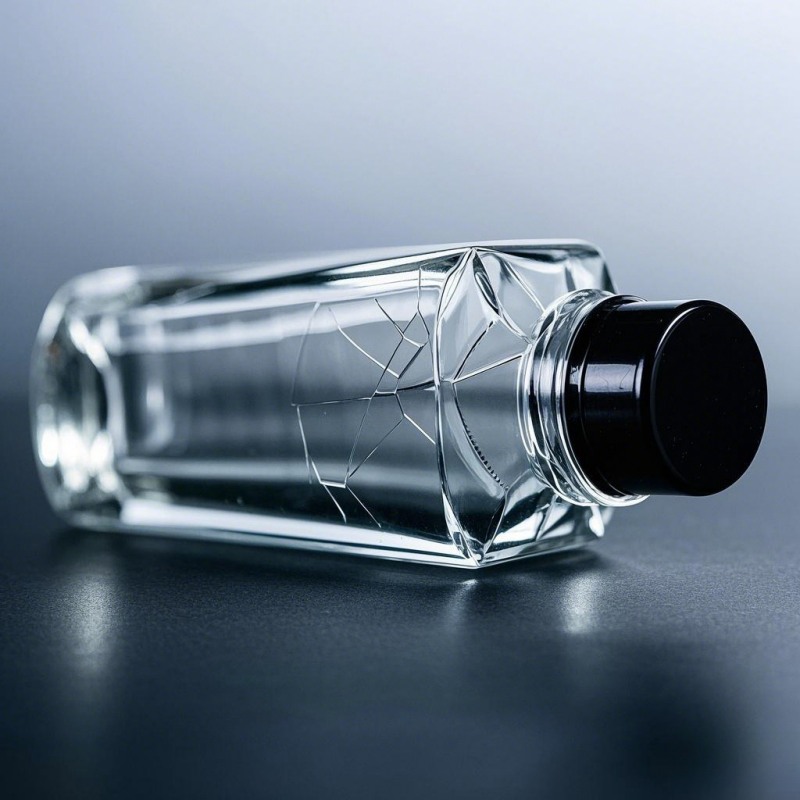
Pueden aparecer partículas extrañas incrustadas en el vidrio, como arena sin fundir o materiales refractarios, debido a:
Materias primas contaminadas
Proceso de fusión incompleto
Erosión del revestimiento del horno
Impacto: Defectos estéticos y posibles puntos débiles que aumentan la probabilidad de rotura.
Estos defectos se producen debido a:
Fricción durante el transporte o el almacenamiento
Manipulación incorrecta
Contacto brusco con piezas de la máquina
Impacto: Reducción del atractivo visual y posibles daños estructurales con el tiempo.
Problemas como acabados rugosos, cuellos desalineados o superficies de sellado inadecuadas son causados por:
Diseños de moldes defectuosos
Distribución incoherente del vidrio durante el conformado
Procesos de recorte y acabado deficientes
Impacto: Problemas de fugas, ajuste incorrecto del cierre y menor satisfacción del cliente.
Los fabricantes aplican estrictas medidas de control de calidad para minimizar los defectos y garantizar envases de vidrio de alta calidad. Las estrategias clave incluyen:
Mejor selección de materias primas: Utilización de materiales de gran pureza para minimizar las impurezas y las burbujas.
Optimización del funcionamiento del horno: Garantizar la fusión y el refinado completos para evitar piedras e inclusiones.
Mantenimiento del moho: Inspección y mantenimiento regular de los moldes para mantener la consistencia.
Técnicas avanzadas de conformado: Aplicación de técnicas precisas de conformado y enfriamiento para evitar paredes finas y grietas.
Tratamiento de superficies: Aplicación de revestimientos o métodos de pulido para reducir los arañazos y aumentar la durabilidad.
Sistemas de inspección automatizados: Utilización de herramientas de inspección de alta tecnología para detectar y eliminar las unidades defectuosas antes del envasado.
| Tipo de defecto | Causas | Impacto |
|---|---|---|
| Defectos de la burbuja | Impurezas, fusión inadecuada, mala composición del lote | Defectos estéticos, estructura débil |
| Grietas y controles | Cambios bruscos de temperatura, recocido deficiente, tensión mecánica | Mayor riesgo de rotura |
| Espesor de pared fino/impar | Mal diseño del molde, distribución desigual del vidrio | Debilidad estructural, rotura potencial |
| Piedras e inclusiones | Materias primas contaminadas, fusión incompleta | Cuestiones estéticas, puntos débiles |
| Arañazos y abrasiones superficiales | Fricción, manipulación incorrecta, contacto brusco con la máquina | Menor durabilidad y atractivo |
| Defectos de sellado y acabado | Diseño defectuoso del molde, distribución incoherente del vidrio | Fugas, ajuste incorrecto del cierre |
Comprender y abordar los defectos de calidad en los envases de vidrio es esencial para mantener la integridad del producto, el atractivo estético y la satisfacción del cliente. Mediante la aplicación de sólidas medidas de control de calidad y mejoras continuas en el proceso de fabricación, las empresas pueden garantizar la producción de envases de vidrio de primera calidad que cumplan las normas del sector.
Tanto si es un fabricante como una marca que busca soluciones de envasado fiables, asociarse con proveedores experimentados con estrictos procesos de garantía de calidad puede repercutir significativamente en el éxito de su producto en el mercado.
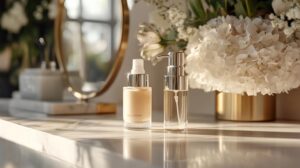
Descubra las diferencias entre bombas y sprays en los envases cosméticos. Elija la mejor opción para su producto.
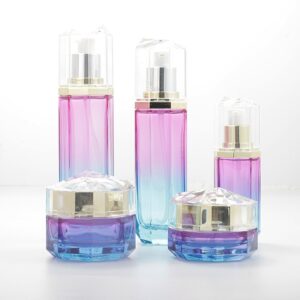
Descubra cómo se fabrican las botellas de vidrio. Desde las materias primas hasta el moldeado y el recocido, explora el fascinante proceso de fabricación de este recipiente cotidiano.
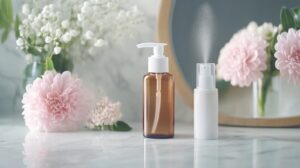
Conozca las bombas de pulverización: tipos, usos y cómo seleccionar la mejor para sus necesidades.

Explore la sostenibilidad de los envases de vidrio, su reciclabilidad y sus ventajas medioambientales.
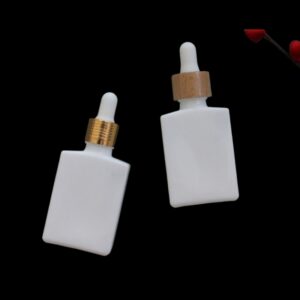
Descubra las propiedades únicas del vidrio opalino y sus aplicaciones en envases cosméticos, mejorando la calidad del producto, la imagen de marca y la protección con texturas elegantes.
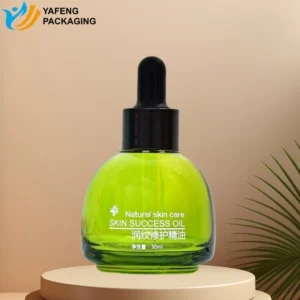
Descubra cómo el recubrimiento por pulverización mejora los envases de perfumes y productos para el cuidado de la piel al mejorar el aspecto, la identidad de marca, la durabilidad y la seguridad con tecnología avanzada.
Explore los envases personalizados frente a los de stock para el cuidado de la piel. Descubra cómo las soluciones de Yafeng potencian la identidad de marca, la calidad y la eficiencia en esta guía detallada.

Descubra cómo el spray de color degradado transforma los frascos de vidrio para cosméticos, mejora la imagen de marca y aumenta el atractivo del producto con las opiniones de los expertos de Yafeng Packaging.
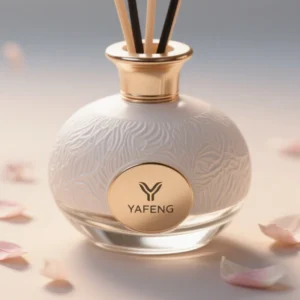
Descubra cómo funciona la aromaterapia con ratán y por qué los frascos de vidrio son la mejor opción por su aroma duradero, su seguridad y su envase sostenible y elegante.
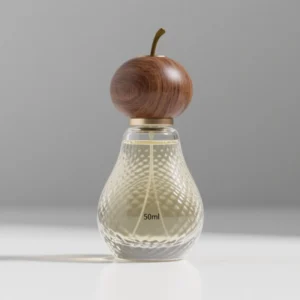
Descubra las 10 mejores maderas para tapones de perfume, comparando textura, pros, contras y precio para ayudarle a elegir el mejor material para un envase elegante y de alta calidad.
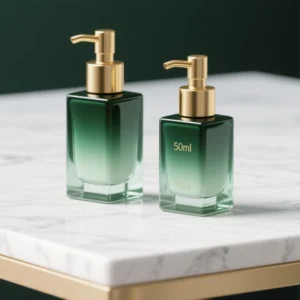
Explore los frascos de vidrio para cosméticos -seguridad, ventajas ecológicas, tipos, coloración, costes de moldeado, MOQ y consejos de producción- en una guía experta y rica en datos.
Envíanos un mensaje por WhatsApp.